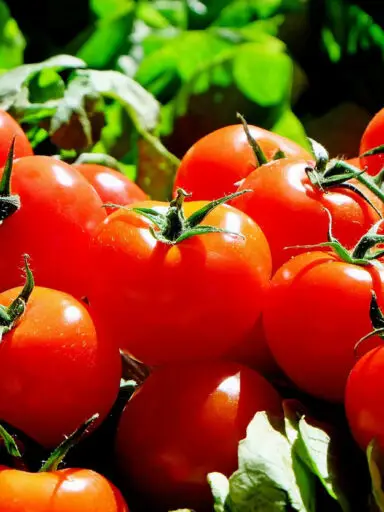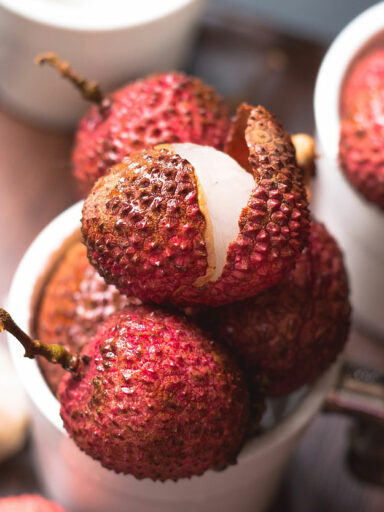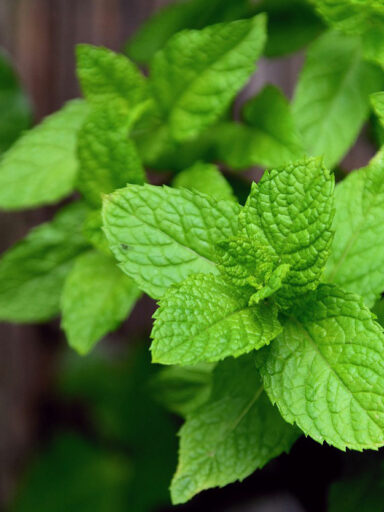The Pumpkin is a large widely known fruit vegetable. It is rich in vitamins and anti-oxidants. It is related to other vegetables such as cucumber, cantaloupes, and squash.
They are thought to be native to the North American region. Its name originates from the Greek word pepon which means large melon. Pumpkins are basically wintered squash. They vary widely in color, shape, and size.
They come in deep yellow, and orange colors. They can also be green with stripes depending on the variety. Today pumpkin grows all over the world and is the popular fruit used to carve out jack-o-lanterns during Halloween in the United States. That particular variety that is used is called the Connecticut Field.
The biggest producers of pumpkins worldwide are the United States and Canada. They weigh roughly three to six kilograms and the giant variety can grow and weigh up to 25 kg.
The fruit contains an orange-yellow fleshy pulp. The center of the pulp is hollow and it contains hundreds of off-white seeds. The pulp and the seeds are edible. These fruits grow on a vine that creeps along the ground, rocks, and whatever terrain it is grown in. Seeds thrown on healthy ground germinate with ease and can lead to a healthy mature plant with little effort.
This fruit-vegetable is available all year round from stores and markets. Normally you want to select fruit that is firm and does not sound soggy when knocked on. Avoid fruit that has a wrinkled surface, mold, or bruises. The pumpkin should feel heavy for its size and should not contain any soft defects.
Pumpkins can be stored for several weeks in a cool dry place when whole. when cut into sections it should be stored in a refrigerator where it is good for a few days.
How to Prepare Pumpkin for Eating
The whole pumpkin should be washed thoroughly in cold running water. This is done to remove soil, dirt, and any pesticide or fungicide residue. With a sharp knife, slit the pumpkin into two halves and remove the seeds held in a net weave. The flesh can then be cut into the desired sizes. usually, bite-size chunks will do.
It is good to note that every part of the pumpkin plant including the flower, seeds, leaves, and the fruit itself is edible.
The pulp can be used in various recipes ranging from the starter, soup, entire, and dessert dishes. You can bake, stew, fry, boil or steam this vegetable fruit.
In other places, you will find pumpkin as one of the ingredients including custard, pancake, pie, pudding, ravioli, and soufflé dishes. Generally, they can be cooked in cubes, mashed, or prepared as a purée.
The seeds can be roasted and eaten as a snack or as a garnish on other baked goods, salad and dessert dishes. The leaves are usually cooked as a vegetable in some regions of the world like Southeast Asia. In East Africa, and Kenya the leaves are mixed with mashed potatoes to give color in dishes such as irio or mukimo (Potatoes mashed with pumpkin leaves and garnished with maize and garden peas.
Nutritional Benefits of Pumpkin
Pumpkin seeds are a great source of protein, minerals, vitamins, and omega-3 fatty acids. Pumpkin pulp provides 26 calories per 100 grams and contains no cholesterol. and almost zero fat. It is a good source of carbohydrates and anti-oxidants. It is rich in vitamins and minerals as well.
This crop is very rich in vitamin A and has also excellent amounts of vitamin C. It also contains decent amounts of the b complex vitamins including pantothenic acid, riboflavin, and pyridoxine. Others are folates, niacin and thiamin.
It is a good source of copper, iron, phosphorous, and potassium.



